Enhancing Rehabilitation with Blood Flow Restriction Therapy
Have you ever wished you could achieve muscle growth and strength gains with lighter weights? Look no further than blood flow restriction (BFR) rehabilitation. This innovative technique involves the intermittent occlusion of blood flow in veins using a tourniquet during exercise. By doing so, you can create hypertrophy and strength responses comparable to traditional heavy lifting. In this blog post, we'll explore the application, training process, effects, and potential side effects of blood flow restriction therapy. Get ready to discover a new dimension of rehabilitation and performance enhancement!
Application of Blood Flow Restriction Therapy: The goal of blood flow restriction therapy is to restrict blood flow to the appropriate extent to induce positive changes. The pressure applied during the therapy varies from person to person, taking into account factors such as limb size, soft tissue density, blood pressure, tourniquet placement, and tourniquet width. To ensure accurate pressure measurement, healthcare providers utilize specialized tourniquet systems equipped with monitors. Additionally, they will discuss any potential contraindications with you to determine if you are a suitable candidate for this treatment.
Training Process: Once your personalized pressure is determined, you will engage in specific exercises tailored to your rehabilitation plan. Despite using lighter weights, your muscles will experience significant effort. This sensation is due to the buildup of lactate, which is the desired response during BFR training. It's crucial to complete the prescribed number of sets and repetitions as directed by your healthcare provider to maximize the benefits. You may also notice sweating and an increased heart rate, similar to what you would experience during a heavy workout. These physiological responses are normal and expected.
Effects of Blood Flow Restriction Therapy: Following your exercise session and the accumulation of sufficient lactate, several positive effects can occur. These include an increase in growth hormone and other metabolic muscle growth factors, promoting muscle growth. Additionally, there will be an upsurge in muscle protein synthesis, further supporting muscle development. To optimize these effects, it's important to discuss proper nutrition guidelines with your healthcare provider.
Potential Side Effects: Adverse side effects from blood flow restriction therapy are rare. The most common effects include transient residual swelling in the limb, muscle fatigue, and mild soreness. These discomforts typically resolve within 24 hours. However, if you experience prolonged swelling, excessive fatigue, or persistent soreness, it's important to discuss these concerns with your healthcare provider. They will address any issues and ensure your safety and well-being throughout the therapy.
Blood flow restriction therapy offers a groundbreaking approach to rehabilitation, allowing you to achieve muscle growth and strength gains with lighter weights. By briefly restricting blood flow during exercise, this technique triggers positive physiological responses in your muscles. As you engage in personalized training sessions, your body experiences increased growth hormone levels, improved muscle protein synthesis, and enhanced muscle growth potential. Remember to follow the guidance of your healthcare provider, complete the prescribed exercises, and discuss nutrition guidelines for maximum effectiveness. Embrace the power of blood flow restriction therapy and unlock new possibilities in your rehabilitation and athletic performance journey!
